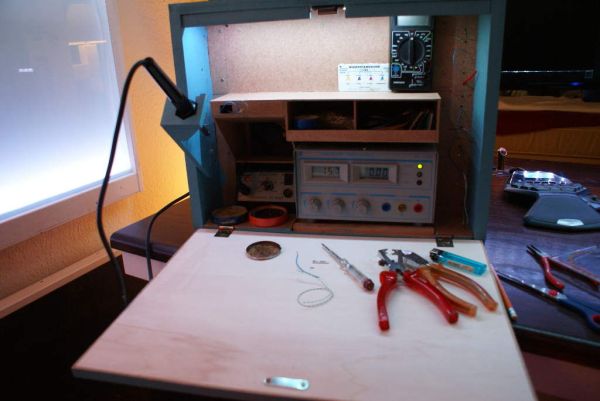
Time for another update for the Hackaday 68k, the 16-bit retrocomputer developed on Hackaday to show off both our love for vintage hardware and our new project hosting site. There’s still invites to be had, people. Get ’em while they’re hot.
This post is going to cover exactly how complex a simple 68000 system is. The answer is, “not very.” A simple 68k system is at least as simple to design than some other homebrew systems we’ve seen around here. Yes, a 16-bit data bus means there’s more wires going everywhere, but like she said, just because it’s bigger doesn’t mean it’s harder.
There is some progress to report on the construction of the Hackaday 68k. The processor has been verified as working with a blinking LED. It’s the ‘Hello World’ of computer design, and it’s at least as complex as blinking a LED with an Arduino.
You’re gonna want to click that ‘Read more’ link.






 [Peter]’s dad recently rekindled his love for Lionel trains and wanted a bell to keep the crossings safe for O gauge drivers and pedestrians. Using parts he had lying around and a doorbell from the hardware store, [Peter] concocted this
[Peter]’s dad recently rekindled his love for Lionel trains and wanted a bell to keep the crossings safe for O gauge drivers and pedestrians. Using parts he had lying around and a doorbell from the hardware store, [Peter] concocted this 








